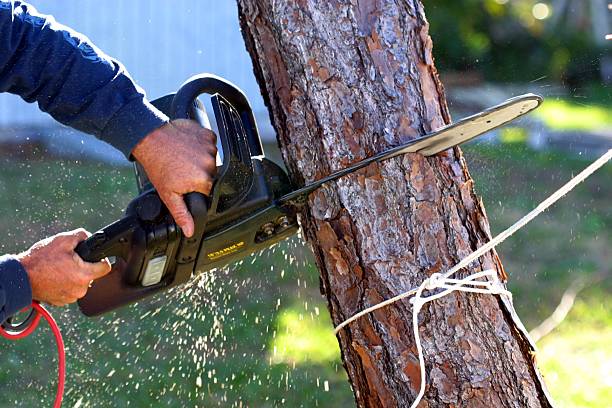

Trees are an essential part of any landscape, offering shade, beauty, and environmental benefits. However, certain circumstances make tree removal a necessity for safety and property protection. Tree Removal in Atlanta GA is often required for trees that are dead, diseased, or structurally compromised, posing risks to nearby structures and individuals.
A tree showing no signs of life is a safety hazard. Indicators include peeling bark, decay, and the absence of leaves during the growing season. If branches snap easily and new growth is absent, Tree Service in Atlanta GA may be necessary to prevent accidents.
Leaning trees or those with structural damage can be dangerous. Trees that lean due to strong winds or soil erosion may eventually fall, causing damage. A professional arborist can assess if the tree can be stabilized or if removal is the safest option.
Diseased trees can spread infections to nearby vegetation. Symptoms include discolored leaves, fungal growth, and soft wood. Pest infestations, such as termites and beetles, weaken trees, increasing the risk of collapse. Tree removal in Atlanta GA helps prevent disease spread and maintains landscape health.
Tree roots can interfere with underground plumbing, driveways, and sidewalks, leading to costly repairs. In severe cases, they may cause foundation cracks. If roots compromise property infrastructure, removing the tree may be necessary.
Severe weather can weaken trees, making them vulnerable to further damage. High winds, heavy rain, and lightning strikes often cause broken branches or split trunks. While some trees recover with proper care, others require removal to ensure safety.
Trees growing too close to homes, power lines, or driveways pose structural risks. Branches touching roofs can cause leaks, mold growth, and clogged gutters. In commercial areas, trees near parking lots can create obstructions. Removing trees that interfere with structures prevents damage and liability issues.
Sometimes, tree removal is necessary for landscape health. When trees grow too close together, they compete for nutrients and sunlight. Thinning overcrowded areas allows remaining trees to thrive while enhancing curb appeal.
Property renovations or new construction often require space clearance. Trees in the way of building plans may need removal. Planning tree removal in advance helps avoid project delays and ensures a smooth construction process.
Large branches hanging over roads, walkways, or rooftops are a safety hazard. Trees with weak limbs can drop branches unexpectedly, increasing the risk of injuries or damage. Regular maintenance can help, but in some cases, full tree removal is the best solution.
Some trees may need removal due to city regulations, homeowners’ association rules, or insurance policies. Dead or hazardous trees can impact liability if they fall and cause damage. Professional tree removal ensures compliance with local regulations.
Deciding when to remove a tree is crucial for property safety and maintenance. Whether due to disease, structural issues, or storm damage, tree removal in Atlanta GA helps preserve landscapes and prevent potential hazards. Professional assessment ensures informed decisions for tree care and property protection.